Keep the Tail Wagging is supported by pet parents. I occasionally earn a commission (at no additional cost to you) when you click through an affiliate link to one of my favorite products. Thank you for your support. Read More
Real Dog Box offers a monthly subscription box, which includes air-dried bones, chews, and treats. I've been a customer longer than I can remember, and my experience has been 100% positive. Each month, I receive three bags of air-dried treats and three bags of air-dried chews. Each box includes muscle meat, organ meat, seafood, light chew, medium chew, and heavy chew; plenty for a multi-dog home, offering something for each dog.
People are surprised by the chews whenever I share what I receive in my box. As dog lovers, we're used to seeing bully sticks, tendons, chicken feet, and trachea. But many are caught off guard by cow ears with fur, rabbit heads, and duck heads. Are air-dried bones safe for dogs? In this article, I'll share my experience and what I learned that made me feel comfortable giving my dogs RDB treats and chews.
What are Air-Dried Bones?
There are several ways bones and chews are processed.
- Raw is unprocessed; the bones are raw and can be messy (the blood), so our dogs eat them outside. Some raw feeders feed bones in crates or on tarps.
- Air-Dried bones and chews go through a slow drying process at temperatures between 110-130 degrees Fahrenheit (43-54 Celcius), preserving the nutrients. The air-drying process reduces the chance of the bone splintering when being eaten because the bone hasn't been subjected to high heat. However, because some heat is used, caution is necessary.
- Freeze-dried bones and chews are flash-frozen at very low temperatures, and then the moisture is removed via a vacuum process. People may prefer freeze-dried treats and chews because they have lower bacteria levels than raw food. Because the bones and chews aren't processed using heat, they are safer for dogs to consume.
- Dehydrated bones and chews are processed at 150 degrees Fahrenheit (66 degrees Celsius) or more. They are cooked at higher heat until the water evaporates, which makes the bones unsafe for my dogs, but I'm comfortable with chews without bones.
- Smoked or Roasted are cooked at high temps over an extended period, and they're problematic for several reasons. (1) Because these bones are subjected to heat, they may become brittle and pose a hazard. (2) Heat also hardens bones, which increases the risk of a broken tooth. (3) When food is smoked, something may be added to bring about a smokey flavor, and because these bones are created in high quantities, I wonder what chemicals are used and what toxins are created during the smoking/roasting process. Despite the many brands that claim their smoked bones are safe, I do NOT feel comfortable giving smoked bones to my dogs.
Benefits of Feeding Bones to Dogs
As a raw feeder, I'm well-versed in feeding bones to my dogs. But, I will admit, in the beginning, bones terrified me. What if my dog breaks a tooth? What if my dog has an impaction? What if a bone shard punctures my dog's digestive tract or esophagus? What if my dog chokes? I've read many horror stories, with some ending with very expensive veterinarian bills, and others ending far worse. With the risks, why would anyone take a chance with bones?
Once I got over my fear, I could see the many benefits to feeding raw bones to our dogs.
- raw bones clean the teeth and gums, scraping tarter along the gumline and keeping the teeth white and the breath fresh; when dogs eat raw bones, they stimulate enzymes in their saliva that help to break down tartar
- raw bones satisfy our dogs' chew drive, and I'm convinced that the act of chewing bones releases endorphins in the brain because my dogs seem so calm and happy during and after a chew session
- raw bones provide vital minerals and nutrients; specifically, calcium is excellent for our dogs' bone health, and it's easier to absorb than supplemental products
- raw bones serve to give me a break because when the dogs are enjoying a session, I sit back and watch (I always monitor their chew sessions) and take a break from the day
And if we can't feed raw bones, it's nice to have an alternative, like air-dried or freeze-dried chews.
Risks We Accept When Feeding Bones to Our Dogs
All bones – raw, air-dried, freeze-dried, dehydrated, smoked – pose a risk to dogs, and if anyone tells you otherwise, they're incorrect, in my opinion. We can't always anticipate how a dog will respond to a bone or chew.
Bones can crack/break teeth, puncture the esophagus or digestive tract, cause an impaction in the digestive tract, or cause our dogs to choke. The risk of these things happening is based on our individual dogs and the bone/chew we're feeding to our dogs.
My point isn't to shame or blame anyone who has had a bad experience; instead, take this as a warning that there is a real risk despite what brands may say about their products.
Bones Can Crack/Break Teeth
I avoid the weight-bearing bones of large animals (the beef marrow bones, for example) because I think they're too hard. A bone needs to be strong to support a 2,000-pound animal. But avoiding weight-bearing bones doesn't mean our dogs won't crack a tooth.
Antlers are also too hard for my dogs; they seem like a great idea for long chewing, but my dogs aren't gnawing on them gently; they're trying to devour them, chewing them harder to break them down, which can end with a cracked tooth.
Of course, if a dog has poor dental health, the risk of a broken or cracked tooth increases.
Puncture of the Esophagus or Digestive Tract
Some bones and chews break off into sharp, long splinters as our dogs are eating them – it's scary thinking of a three-inch sharp piece of bone making its way down my dog's throat and through the intestines.
Bones can Cause an Impaction
Anything that a dog has trouble digesting can result in an impaction. With bones, I worry that if my dogs' digestive tract is moving slowly, a meal of raw meaty bones will plug things up. Working on building a healthy gut microbiome and proper digestion has reduced this risk with my dogs. I believe my habit of feeding a variety of foods, proteins, and textures (whole vs. ground) also helps to reduce any risks.
Our Dogs can Choke on Bones
This is my biggest fear because I have dogs that will swallow a large piece of bone or chew to keep another dog from taking it away – which is why I always supervise. To prevent choking, I would hold on to one end of a bone or chew to ensure my dogs chewed it slowly and thoroughly until I could trust them to eat the bone on their own.
There are also tools for dogs who love bully sticks. I've used the Bully Buddy, which holds the sticks in place and prevents our dogs from swallowing that last inch, which can also pose a choking hazard.
Types of Bones I Feed to My Dogs
There are many options for bones, but not all bones are safe for all dogs. It took me a while to figure out what would and wouldn't work for my dogs, and I have not deviated since I developed my list other than to add new things. The following is a list of raw bones that I give to my dogs:
- duck frames (more cartilage than bone)
- lamb necks
- duck necks
- duck feet
- duck heads
- chicken feet
- pork ribs
- rabbit feet
- rabbit heads
- whole quail
- whole cornish game hens
My dogs also get various air-dried chews from Real Dog Box, Honey I'm Home, and other trusted brands.
Benefits and Risks of Feeding Air-Dried Bones to Dogs
Because this post was inspired by Real Dog Box, I have to talk about the benefits and risks of feeding air-dried bones to dogs.
Benefits of Air-Dried Bones
I love air-dried bones and chews because my dogs can enjoy them inside the house with little to no mess. It's a great way to keep them occupied, it supports their dental health and chew drives, and air-dried bones/chews can be a light meal on occasion.
I usually feed my dogs larger raw meaty bones outside on warm, nice days. We're limited here in the Pacific Northwest, so it's nice to have an alternative when the rain keeps us indoors.
Risks of Air-Dried Bones
The risks of feeding air-dried bones and chews are the same as those of feeding raw bones. And just like raw bones, it's important to know which air-dried bones and chews are a good fit for our individual dogs.
If I'm nervous about a chew, I don't give it to my dog. And if a chew isn't a good fit for any of my dogs, then I ask that it be removed from future boxes. But this rarely happens because, with multiple dogs, there is always something for each dog.
Are Air-Dried Bones Safe for Dogs?
Dogs are naturally able to consume and digest bones, and my dogs have been eating bones for years without issue, but this doesn't mean that all bones and chews are always safe for all dogs. So, what do we do?
- Understand that there is a risk when adding bones, any type, to a dog's diet. Once I accepted this risk, I became more cautious about what we gave each dog.
- Monitor dogs when they're consuming bones and chews. This is a strict rule in our house, and how I protect my dogs while they're enjoying their bones and chews. Each dog has a spot and a preferred chew.
- Teach dogs “drop it.” My dogs have a solid “drop it,” which is handy if I notice they're not doing well with a bone or chew. I keep alternatives on hand to trade with my dogs; this prevents them from running away or trying to swallow the chew quickly.
If you've done everything I've shared and you're still nervous about feeding bones, don't worry, and don't allow the masses to bully you out of your concerns. As I shared above, I grind bones for my dogs – their primary diet is ground raw. So they're getting the nutrients bones bring to the diet. If raw meaty bones, air-dried bones, and chews aren't a good fit for your dog, there are other ways to introduce engagement and keep their teeth clean. Both of which we should do anyway.


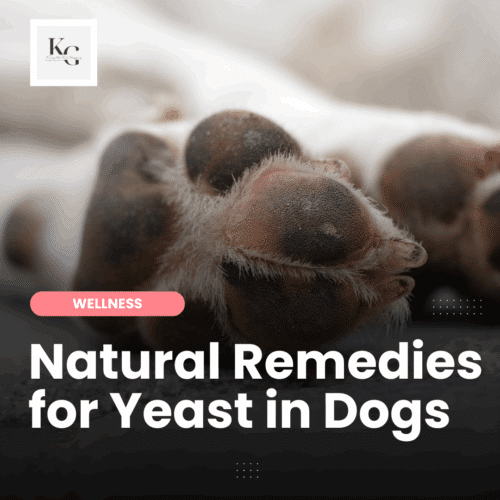
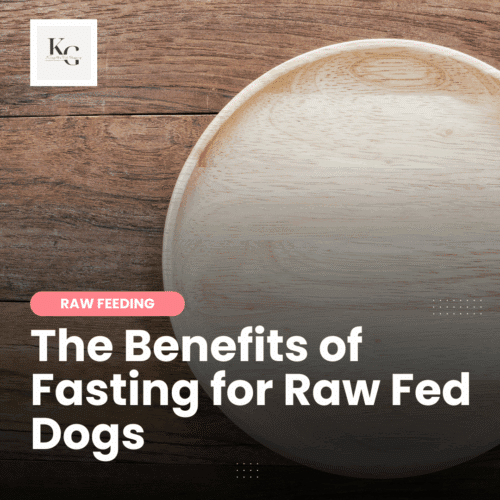
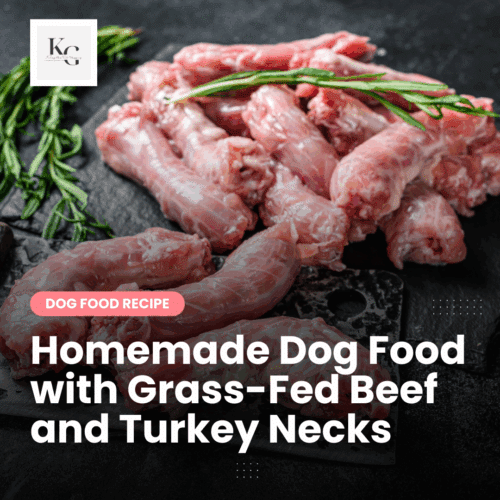
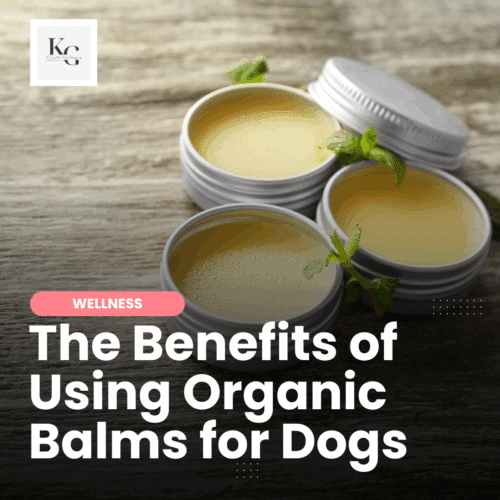

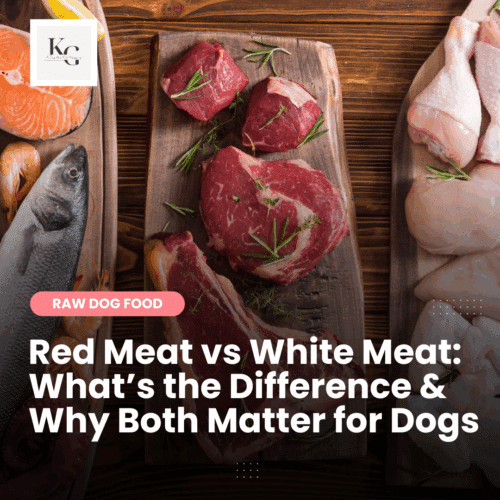
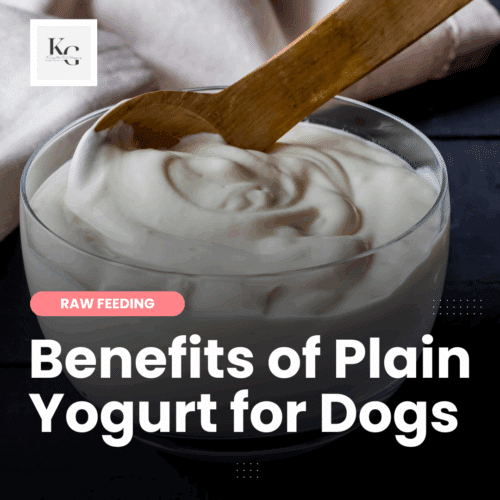


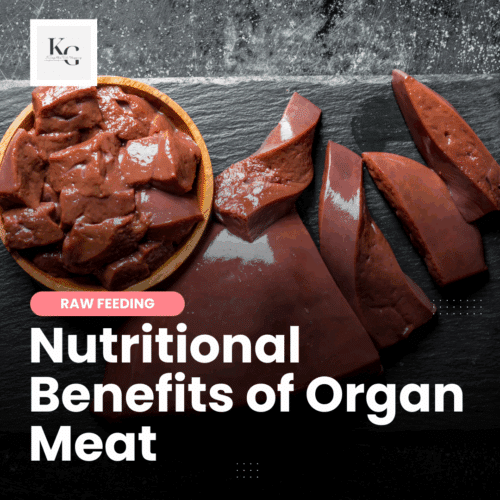


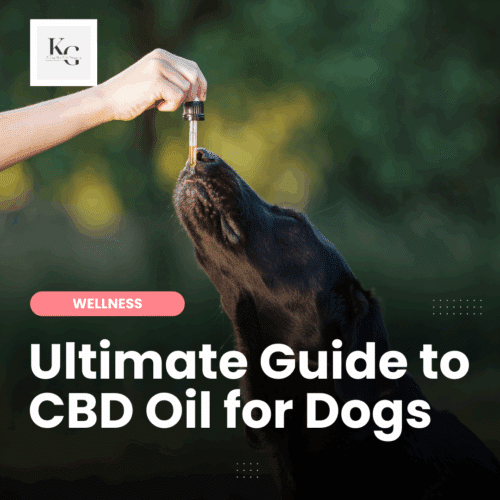
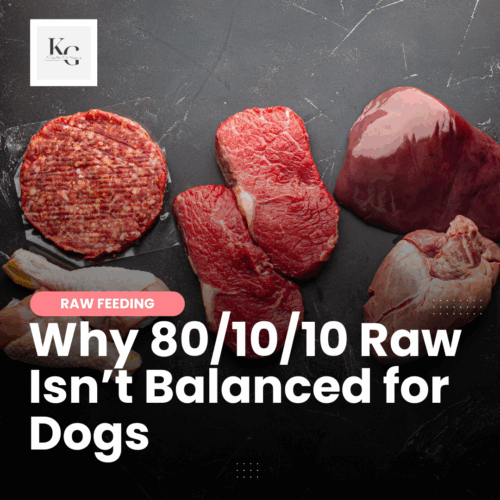

Thanks, Neyda!!!
This article is so informative! I’m a Real Dog Box subscriber too, still a newbie. I appreciate the unbiased information here.
Best information and guidance I’ve seen on feeding bones. Thank you for sharing. I’ve always been afraid to give my dogs bones but one of mine really needs them for his teeth. I never realized they made so much difference for managing tartar buildup. Your tips, suggestions and the Real Dog Box info is very helpful and appreciated.